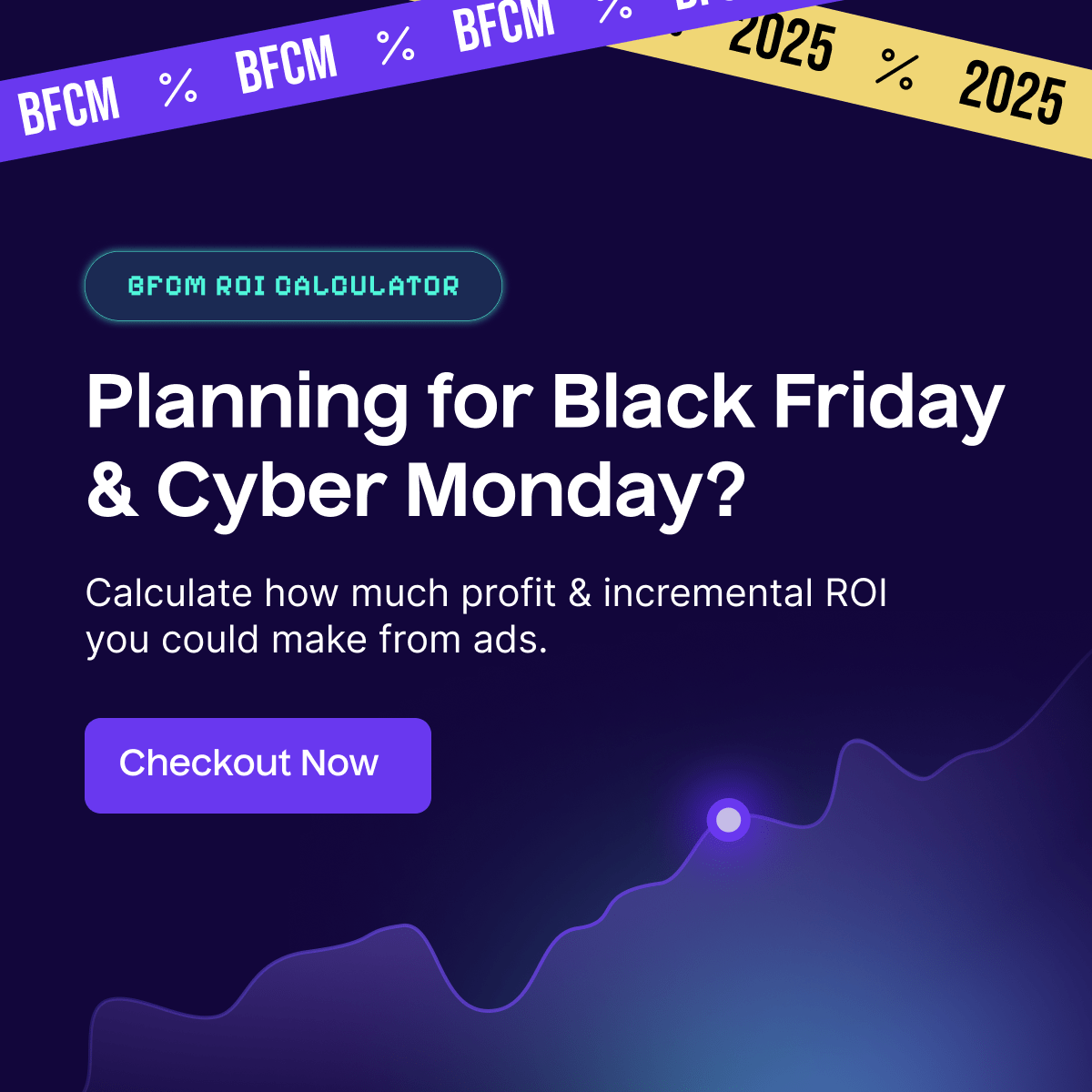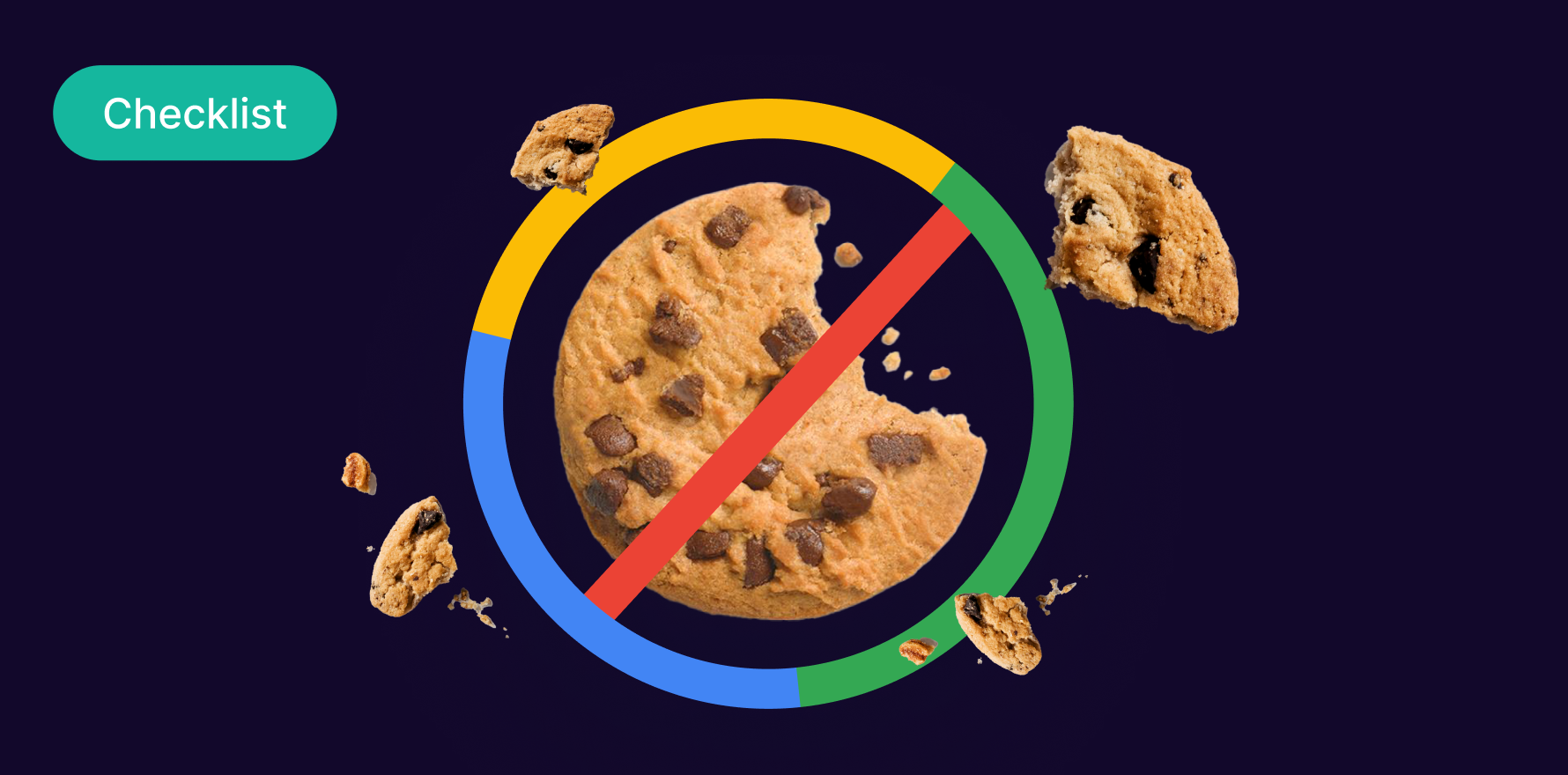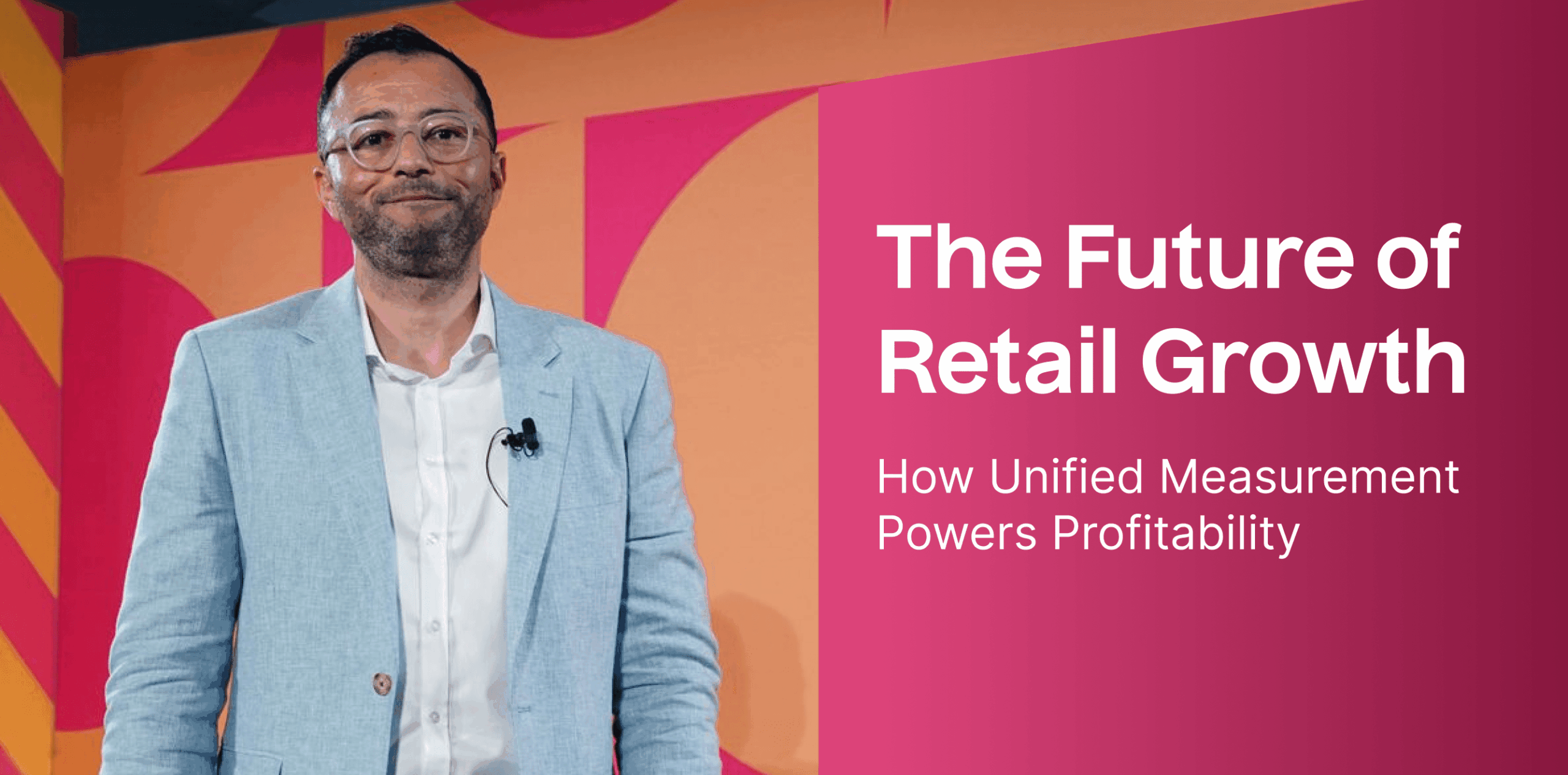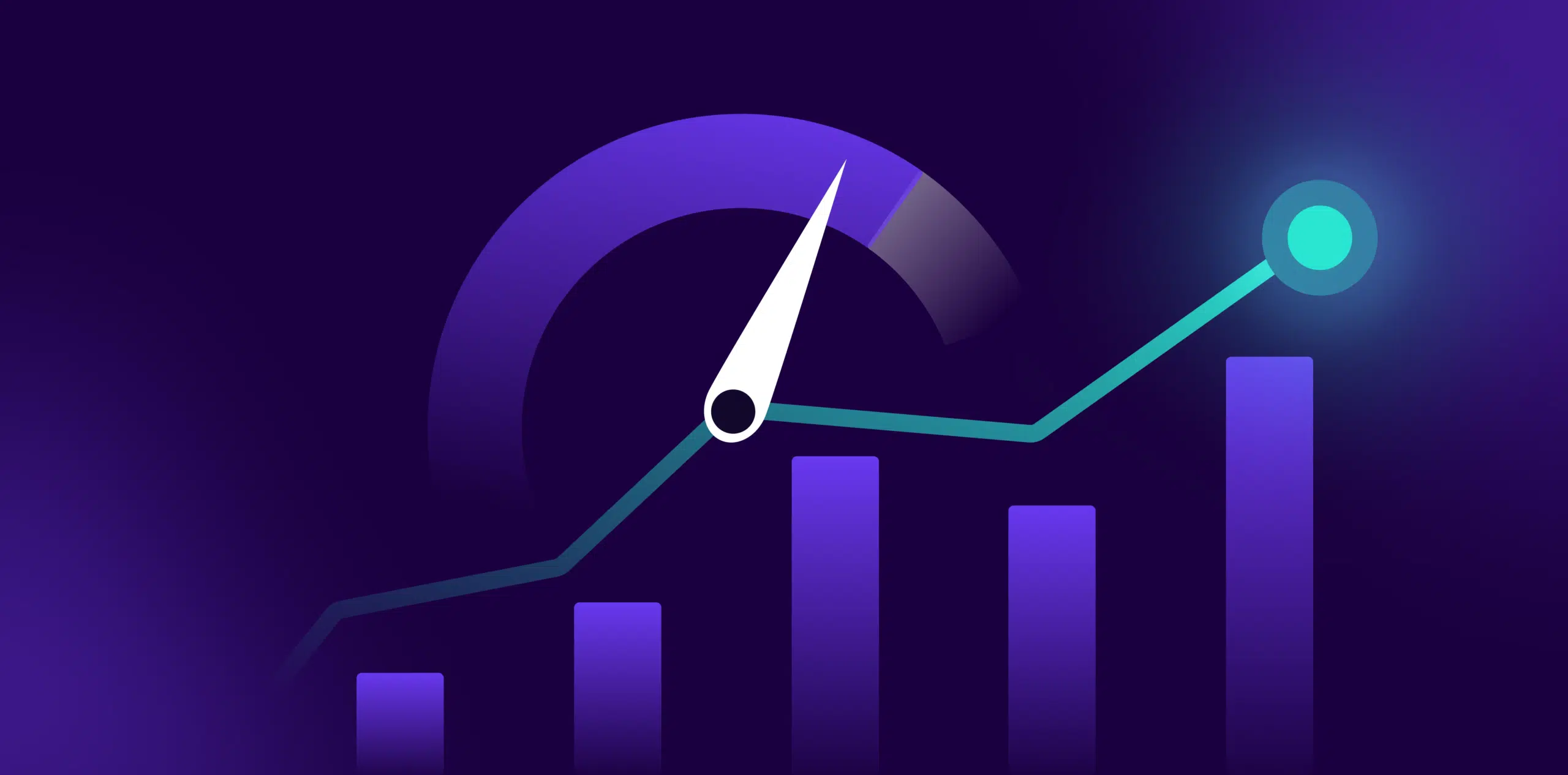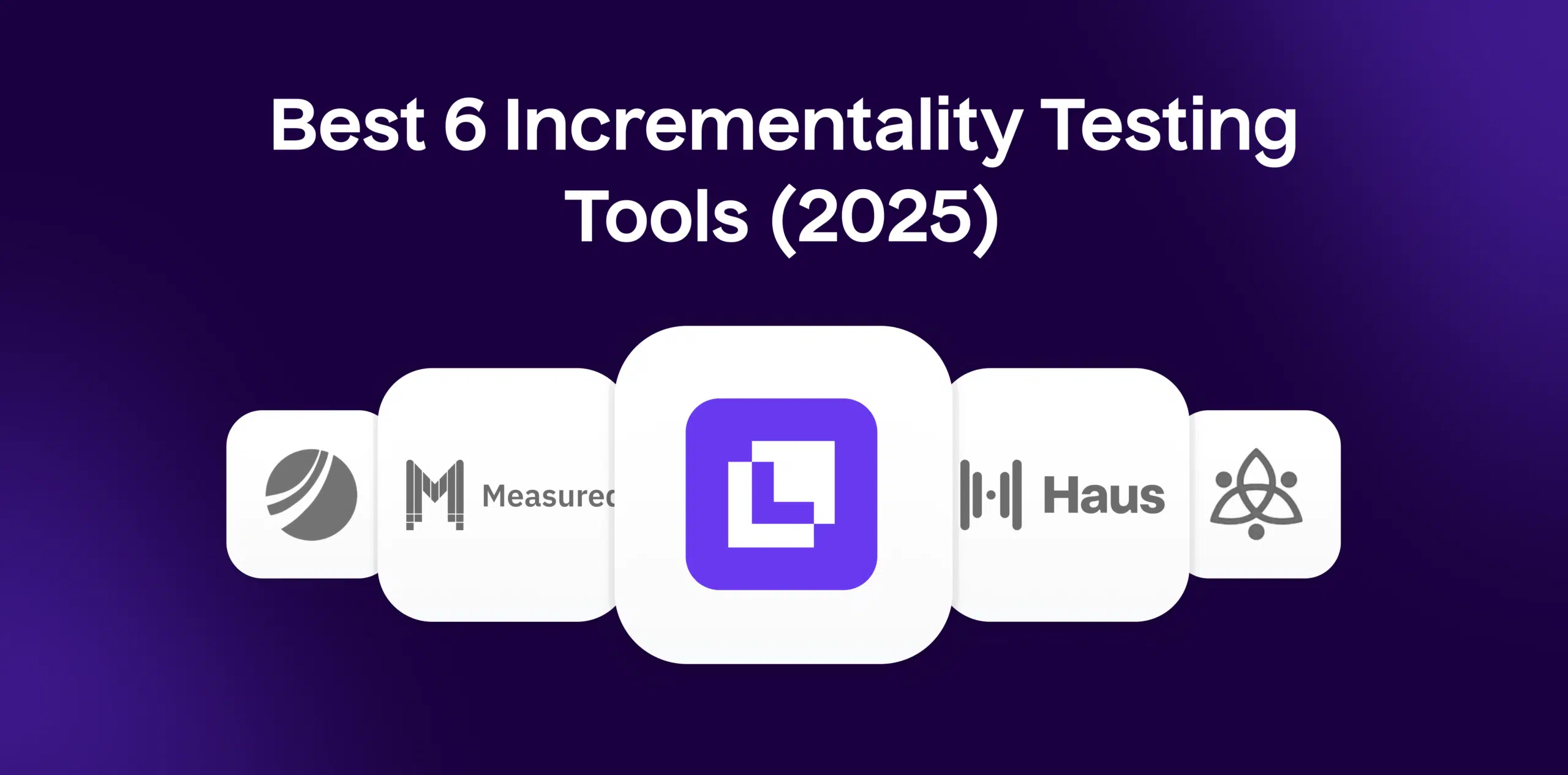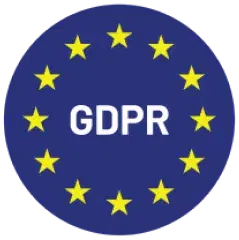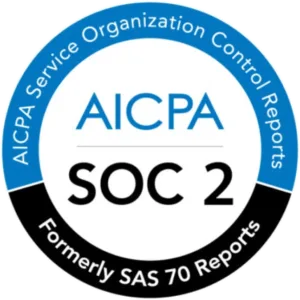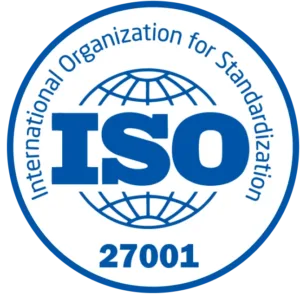What is Conversion Rate?
Conversion Rate is a crucial ecommerce metric that determines a website’s effectiveness in turning its visitors into customers. Coined in the world of digital marketing, it is a measure of the proportion of website or webpage visitors that complete a predefined desired action, such as making a purchase, filling out a form, or subscribing to a service. To put it simply, it refers to the percentage of your website’s total traffic that ‘converts’ or accomplishes a set goal on your website.
Formula
The mathematical formula to compute the conversion rate is pretty straightforward:
Conversion Rate = (Number of Conversions / Number of Total Visitors) * 100%
Example
Suppose an online store received 1,000 visits over a week and made 20 sales during that period. So, the conversion rate would be
(20 / 1,000) * 100% = 2%
Why is Conversion Rate important?
In ecommerce, the conversion rate is essential because it directly impacts the revenue and growth of the online business. It is an indicator of how well your website is resonating with your audience and showcases the effectiveness of your marketing strategies. A higher conversion rate implies that you are successful in convincing your site visitors to complete the desired action, leading to higher sales and greater customer engagement.
Which factors impact Conversion Rate?
Improving your conversion rate requires understanding your audience, their behavior, preferences, and motivations. Strategies could include optimizing your product pages, eliminating complicated checkout processes, and enhancing the overall user experience with intuitive site design. Other tactics include clear and compelling calls to action, improving site loading speeds, and fostering trust through secure and transparent processes.
How can Conversion Rate be improved?
Various elements can impact the conversion rate. They include site design and layout, product pricing and images, user reviews, payment options, and shipping costs. Moreover, the presence of a strong call to action, a seamless checkout process, and the level of trust users have in your ecommerce platform may also influence your conversion rate.
What is Conversion Rate’s relationship with other metrics?
Conversion rate relates to several other ecommerce metrics such as bounce rate, average order value, and customer lifetime value. A high bounce rate (visitors leaving your website after visiting only one page) often signals a problematic user experience, negatively impacting the conversion rate. On the flip side, higher Average Order Value (AOV) and Customer Lifetime Value (CLV) usually correlate with a high conversion rate indicating successful customer engagement.
Free essential resources for success
Discover more from Lifesight
